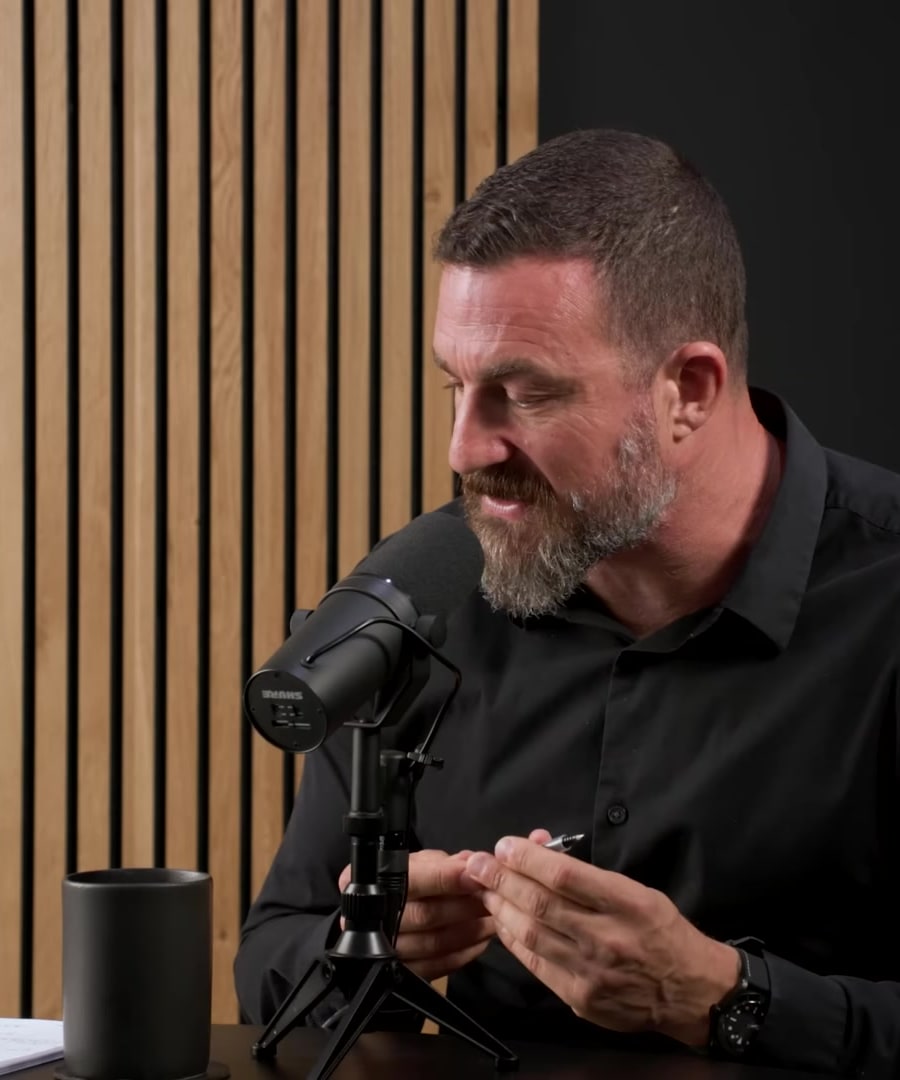how to train the growth mindset
Sources:
To train a growth mindset, here are key insights and strategies from the :
-
Understanding Growth Mindset:
-
Learning as a Physiological Process:
- View the stress and strain of learning as the process itself, not an obstacle. This mindset will help trigger the neurological conditions for effective learning 3.
-
Practical Tools:
-
Cognitive Process of Embracing Stress:
- See stress and frustration not as negatives but as signs that you're expanding your limits 5.
-
Scaffolding & Context:
-
Additional Insights for Cultivating Growth Mindsets:
- Growth mindset interventions are effective when brief and repeated, focusing on personal stress experiences to cue up cognitive mechanisms that support learning 4.
- Growth mindset is more impactful in situations where people face greater challenges and need to hear the message that skills can evolve 7.
Adopting a growth mindset involves a nuanced understanding of stress, motivation, and neuroplasticity. The recommends a practical approach that involves both cognitive strategies and environmental adjustments to foster personal and professional development.
RELATED QUESTIONS-
what are practical tools to fight procrastination?
Sources:
Here are some practical tools to fight procrastination based on insights from on the :
-
Leverage Dopamine:
- Understand the role of dopamine dynamics in motivation, and use that knowledge to overcome procrastination and increase confidence 1.
-
Multiscale Planning:
- Plan out your tasks at different scales, from semester/year goals to weekly and daily tasks. Time block your day to handle communication like emails and social media during specific times 2.
-
Breathing and Supplements:
- Use breathing exercises or supplements like caffeine or L-tyrosine to activate your system and mitigate procrastination for those who respond well to stress activation 3.
-
Minimize Distractions:
- Turn off your phone or put it on airplane mode during work or learning activities to enhance focus 4.
-
Rebound from Dopamine Troughs:
- Engage in activities that are more painful or effortful than the state of procrastination itself, such as cold exposure, to initiate a rebound out of low-motivation states 5.
-
Understand Procrastination as Stress:
- Recognize how self-imposed stress can act like a powerful nootropic, which may help reduce procrastination by creating a sense of urgency 6.
-
Recognize the Creative Potential of Procrastination:
- Moderate levels of procrastination can enhance creativity by allowing for idea incubation, so allow some time for ideas to develop before committing to them 7.
-
Engage in Effortful Activities:
- Do activities like meditation that require effort and focus, which can force your body and mind out of a state of procrastination 8.
By implementing these strategies, you can create a more structured and focused approach to work and personal projects, helping to minimize procrastination and enhance productivity.
RELATED QUESTIONS-
how to train the growth mindset
- RELATED QUESTIONS
what are practical tools to fight procrastination?
- RELATED QUESTIONS














